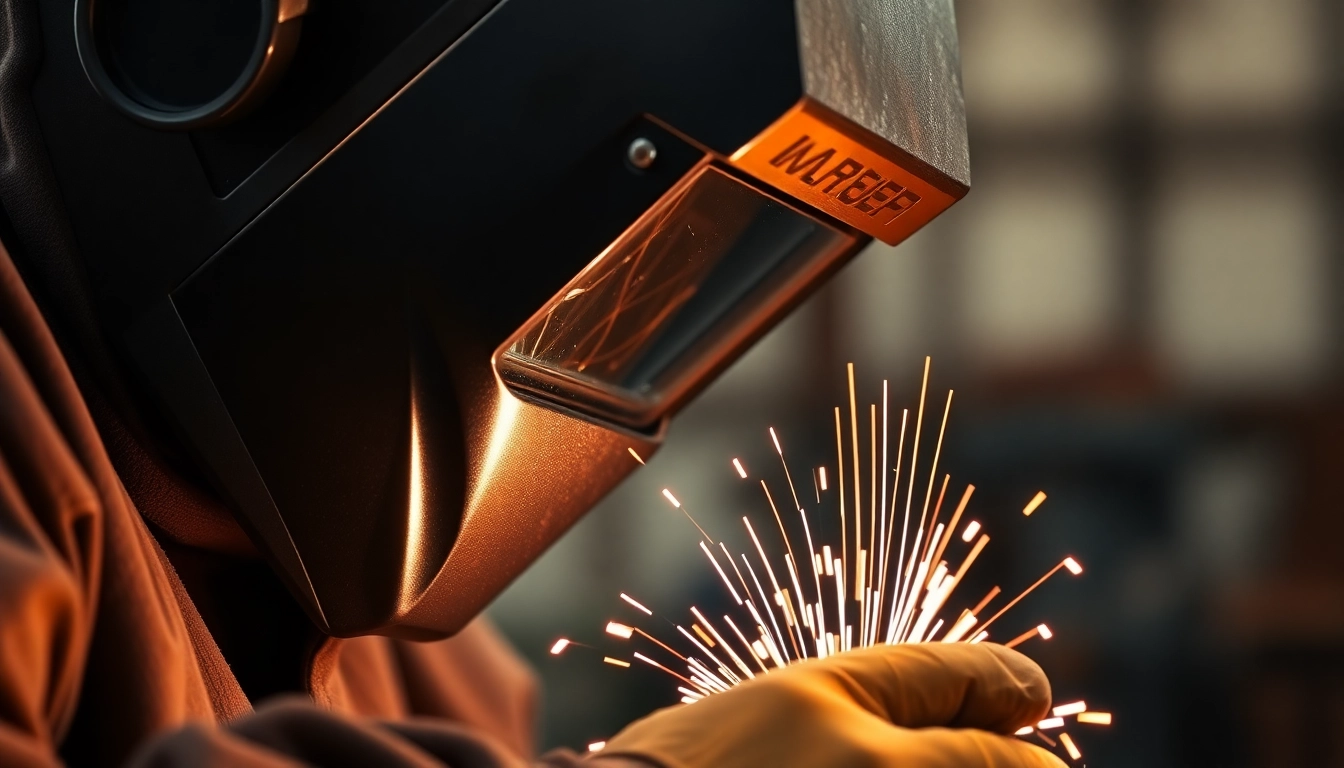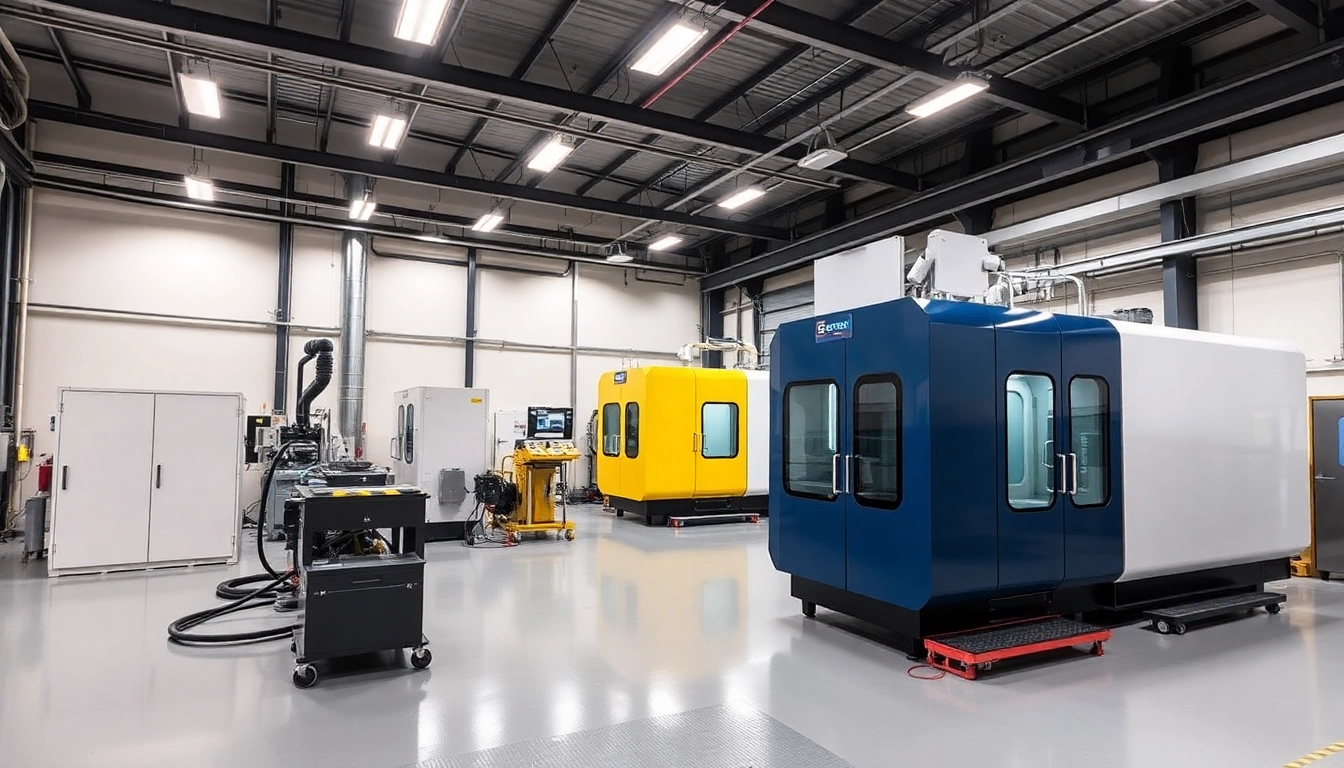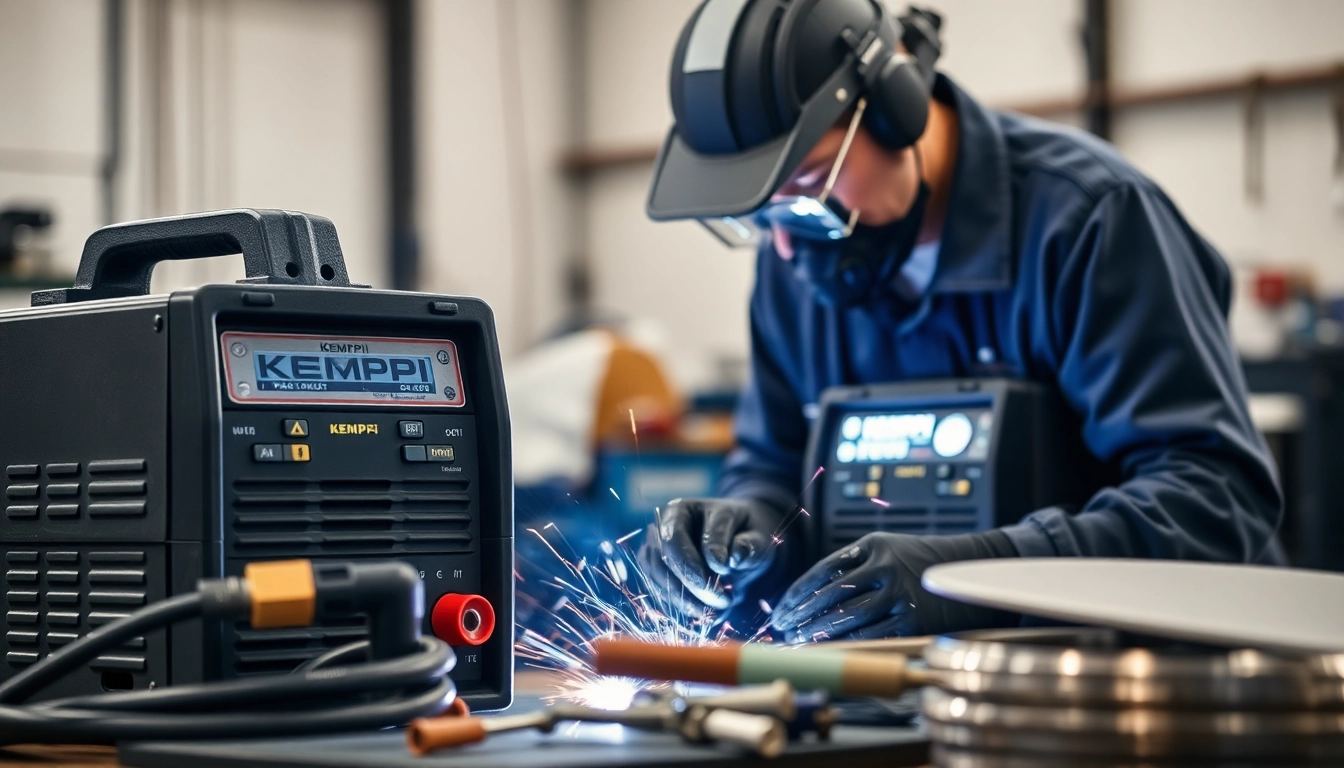Understanding AC DC TIG Welding
What is AC DC TIG Welding?
AC DC TIG welding is a specialized welding technique that encompasses the use of both alternating current (AC) and direct current (DC) in a single welding machine. This versatile approach is particularly advantageous for welding various metals, including aluminum, which requires AC due to its oxide layer. In contrast, DC is more effective for welding metals such as steel and stainless steel. By accommodating both current types, an ac dc tig welder provides flexibility and efficiency for welders, allowing them to adapt to different materials and welding conditions.
The Advantages of AC DC TIG Welders
The primary advantage of using an AC DC TIG welder lies in its dual capabilities. Here are some significant benefits:
- Versatility: AC DC TIG welders can handle a wider range of metals, from aluminum to copper to stainless steel, all in one machine.
- High-Quality Welds: TIG welding is renowned for producing clean, precise welds. The ability to switch between AC and DC allows for optimal results on different materials.
- Adjustable Settings: Welders can fine-tune the focus, heat input, and speed, leading to a higher standard of work.
- Reduced Contamination: Because TIG welding involves a non-consumable tungsten electrode and an inert shielding gas, there is less risk of contamination compared to other welding methods.
Common Applications of AC DC TIG Welders
AC DC TIG welders find applications across a variety of industries due to their adaptability. Some common uses include:
- Aerospace: Precision welding of components that require lightweight and robust structures.
- Automotive: Ideal for welding thin materials, especially in custom fabrications and repairs.
- Artistic Projects: Used by artists and fabricators for sculptures and metal artwork due to the clean finish.
- Manufacturing: In various applications, like food and chemical industries, where hygiene and cleanliness are paramount.
Choosing the Right AC DC TIG Welder
Key Features to Look For
When selecting an AC DC TIG welder, certain features can significantly affect both performance and usability:
- Power Output: Ensure the welder has sufficient amperage for the materials you plan to work with. Common ranges are between 130-300 amps.
- Digital Readout: A digital display can simplify setting adjustments and monitoring performance.
- Foot Pedal Control: This allows for precise control over the welding arc, improving overall quality.
- Cooling System: An efficient cooling mechanism extends the machine’s life and maintains performance during prolonged use.
- Portability: If you need to move your welder frequently, consider weight, size, and whether additional transport options like a handle or wheels are included.
Budget-Friendly Options vs. Premium Models
Budget-friendly models can provide excellent performance for hobbyists and small projects, while premium models offer advanced features suitable for professional environments. Factors influencing the price include:
- Brand Reputation: Established brands often come with a reliability premium.
- Warranty and Support: Higher-end welders typically offer better warranty coverage and customer support.
- Features: More expensive models may include advanced technology like inverter systems, improved digital controls, and better quality materials.
Ultimately, consider what features are essential for your typical projects and choose a welder that balances quality and cost.
Popular Brands Reviewed
Several brands stand out in the AC DC TIG welder market:
- Miller Electric: Known for reliability and performance, the Miller Syncrowave series provides excellent options for both beginners and professionals.
- Lincoln Electric: Offers a range of welders that are user-friendly and maintain a high standard of build quality.
- Everlast: Notable for its affordability, Everlast offers several models that provide solid performance at competitive prices.
- PrimeWeld: Gaining popularity among DIY enthusiasts for its balance of features and price, particularly their TIG 225X model.
Maintaining Your AC DC TIG Welder
Routine Maintenance Tips
Regular maintenance of your AC DC TIG welder ensures longevity and optimal performance. Below are essential maintenance tips:
- Cleaning: Regularly clean the welder’s exterior and internal components to avoid contamination.
- Check Connections: Inspect all electrical connections for wear and secure fit to prevent electrical faults.
- Examine Cables: Look for insulation wear or damage in cables and replace them if necessary.
Troubleshooting Common Issues
Inevitably, issues may arise with any piece of equipment. Here are some common problems and solutions:
- Welding Arc Won’t Start: This could be due to inadequate power supply or faulty connections; check your setup and power source.
- Inconsistent Arc: Ensure that the tungsten electrode is correctly sharpened and adequately sized for the amperage used.
- Excessive Spatter: Adjust your settings; it could be due to improper voltage or incorrect gas flow settings.
Extending the Life of Your Welder
To maximize your AC DC TIG welder’s lifespan, implement proactive measures:
- Regular Maintenance: Follow the routine maintenance tips outlined to prevent unnecessary wear.
- Proper Storage: Store the welder in a dry, clean environment to avoid exposure to moisture and contaminants.
- Educate Yourself: Familiarize yourself with your welder’s user manual, follow manufacturer guidelines, and stay informed about best practices.
Techniques for Effective TIG Welding
Setting Up for Success: Equipment and Settings
Proper setup is crucial for successful TIG welding. Begin with the following considerations:
- Material Preparation: Ensure that the surfaces to be welded are clean and free from contaminants.
- Equipment Check: Verify that the tungsten and filler materials are compatible with the metals you are using.
- Settings Configuration: Adjust the welder settings according to the thickness of the materials and the welding position involved.
Mastering the Welding Technique
Successful TIG welding requires mastering several critical techniques:
- Proper Torch Angle: Maintain a consistent angle (typically between 15° to 30°) to ensure even heating and control.
- Travel Speed: Experiment with your speed to find the right balance – too fast may cause weak welds, while too slow may create excessive heat.
- Filler Material Management: Know when to introduce filler material into the weld pool, ensuring it doesn’t become too molten.
Safety Practices During TIG Welding
Ensuring safety during TIG welding is paramount. Consider these essential practices:
- Protective Gear: Always wear appropriate protective gear, including gloves, auto-darkening helmets, and fire-resistant clothing.
- Ventilation: Ensure adequate ventilation in your workspace to avoid inhaling harmful fumes.
- Awareness of Surroundings: Keep the area clear of flammable materials and notify others in the vicinity when welding is underway.
Enhancing Your Skills with AC DC TIG Welding
Recommended Resources for Learning
Continued learning is essential in mastering TIG welding. Some recommended resources include:
- Online Courses: Websites like Udemy and Coursera offer courses tailored to welding techniques and best practices.
- YouTube Channels: Channels like Weld.com and The Fabrication Series provide practical demonstrations and tips.
- Books: Titles such as “Welding for Dummies” and “The Welding Handbook” offer foundational knowledge and advanced techniques.
Online Communities and Support
Engaging with the welding community can provide support and advice. Some platforms to consider are:
- Reddit: Subreddits like r/Welding feature discussions, advice, and troubleshooting support from experienced welders.
- Facebook Groups: There are many welding-focused groups where members share tips, job opportunities, and project ideas.
- Local Welding Associations: Joining local chapters can help connect you with industry professionals and workshops.
Practice Projects to Hone Your Skills
Hands-on practice is indispensable for skill improvement. Consider these project ideas:
- Simple Repairs: Practice welding on scrap metal to refine your technique.
- Furniture Making: Creating custom metal furniture, such as tables or racks, is a functional way to enhance skill.
- Art Projects: Take on artistic metal fabrication projects to challenge your creativity and technical abilities.



